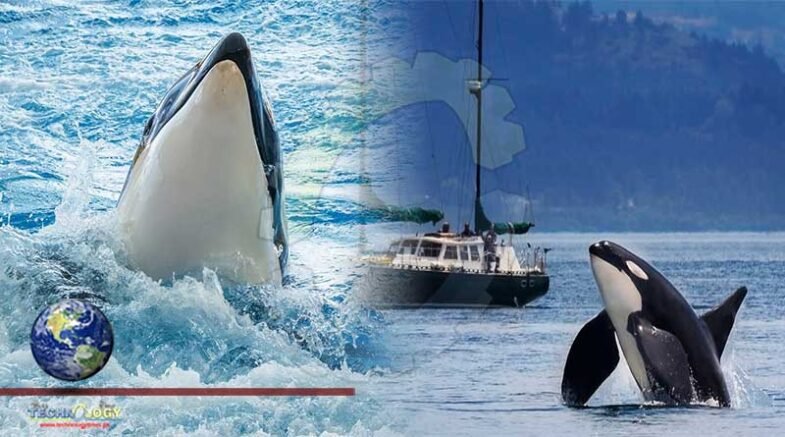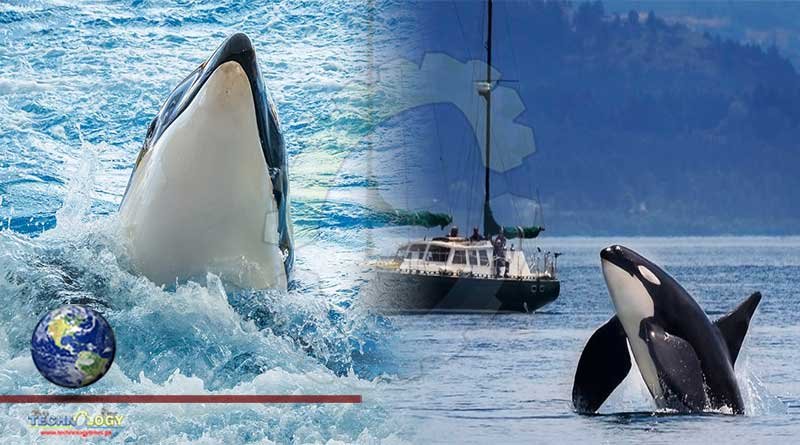The leader of a pod of orcas and locally famous lovingly referred to as ‘Granny‘ was spotted on the northwestern coast of Washington State.

Despite the global whale population decline, killer whales are thriving.
Granny the Orca
The locally famous orca lovingly referred to as ‘Granny‘ was spotted on the northwestern coast of Washington State. The matriarch of J-pod, one of the three local orca pods that thrived in the Salish Sea.
Experts believed that she lived for over half a century, regarded as the oldest killer whale before her disappearance in 2016, says National Geographic. She often returned every summer to birth babies and wean. After avoiding being sold to a marine park in the 1960s, Granny became the leader of a pod of orcas.
She thrived while many of the species were captured and has seen the transformation of the once rocky farms to wealthy urbanized neighborhoods.
Soon after Granny’s suspected passing, a pod of six orcas with five offsprings of transient orcas was spotted on the coast. Unlike Granny’s pod, these weren’t part of the resident pods and irregularly visited the coastal waters.
These orcas traveled in smaller packs that are known for their hunting abilities. These orcas are known to tip sheets of ice to catapult seal into the sea or takedown porpoises midair.
Resident pods often work together to hunt salmon, prey that isn’t known to resist aggressively. The more aggressive the prey, the higher the likeliness of injury during battle.
Granny and her pod are considered as the same species as transient killer whales (Orcinus orca). However, resident pods and transients live separate lives for over a quarter-million years.
Generally, these two species avoid each other and aren’t known to speak the same language. Over time, each has established cultural traditions passed from one generation to another.
Tahlequah the Viral Orca
Summer of 2018, one orca’s story went viral. Tahlequah had a stillborn calf that lived for not more than a few minutes. In grief, she carried the body of her calf through the water for over two weeks keeping the carcass for over 1,000 miles despite disintegrating intro strips of flesh.
Endangered Orcas
Since the 1990s, resident orcas have been popular in the islands. They are the most studied, most photographed, and beloved whales, even appearing in movies, having individual names and a museum in their honor.
Unfortunately, the well-loved orcas are facing extinction. 40% of Chinook salmon are already extinct while the rest are threatened. As the primary prey for resident whales, it has pushed orcas to swim more for every meal.
The resident orca population has dwindled to 74 from the 97 reported in 1996.
Meanwhile, sea lion populations on the West Coast that have been protected from hunting in the US and Canada since the 1970s have reportedly grown to a historic size. Transient orcas are thriving because of the boom in the sea lion population.
With the increase of transient orcas visit, scientists are on the hunt to know more about the mysterious orcas.
Originally published at Science Times
